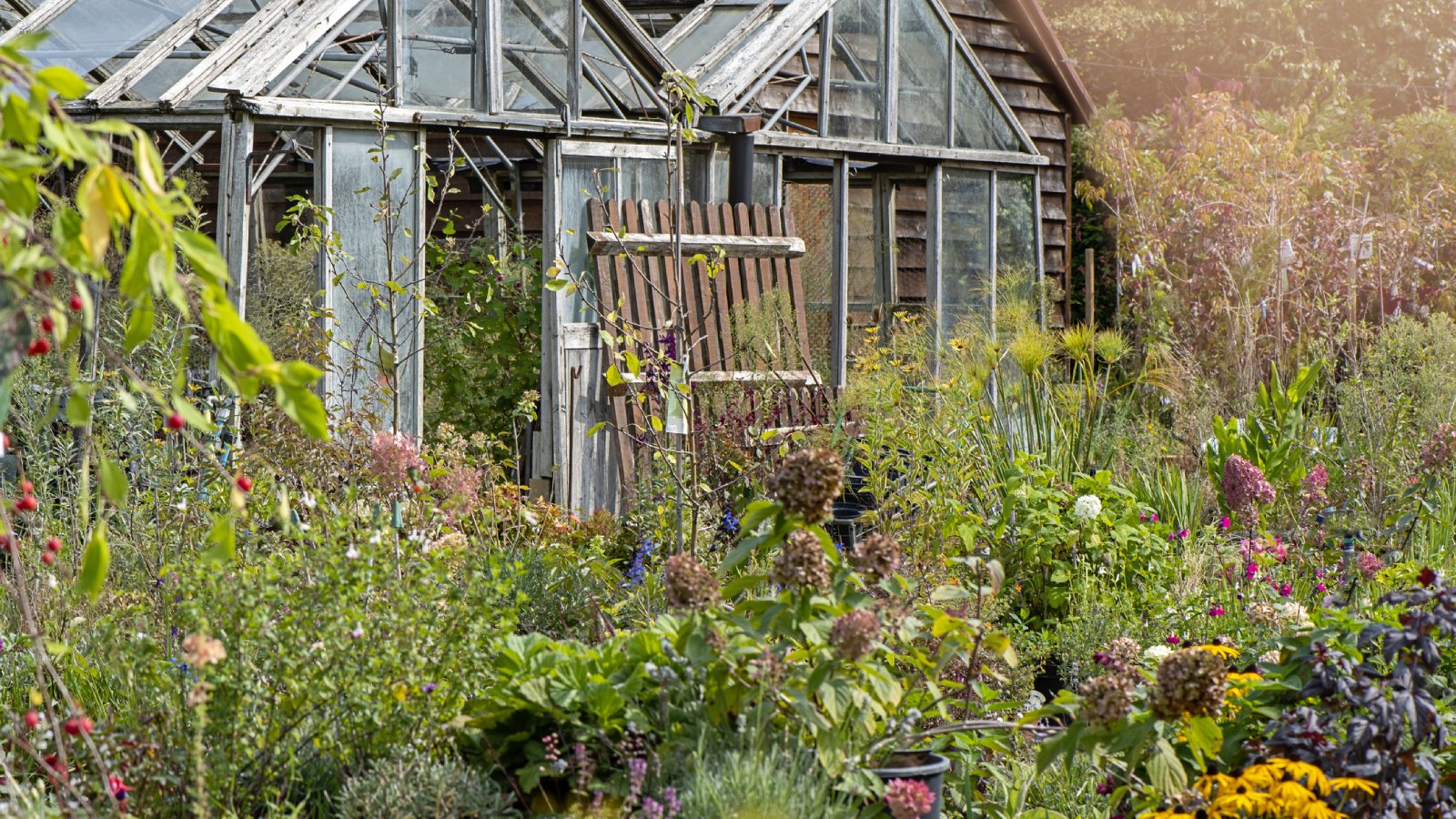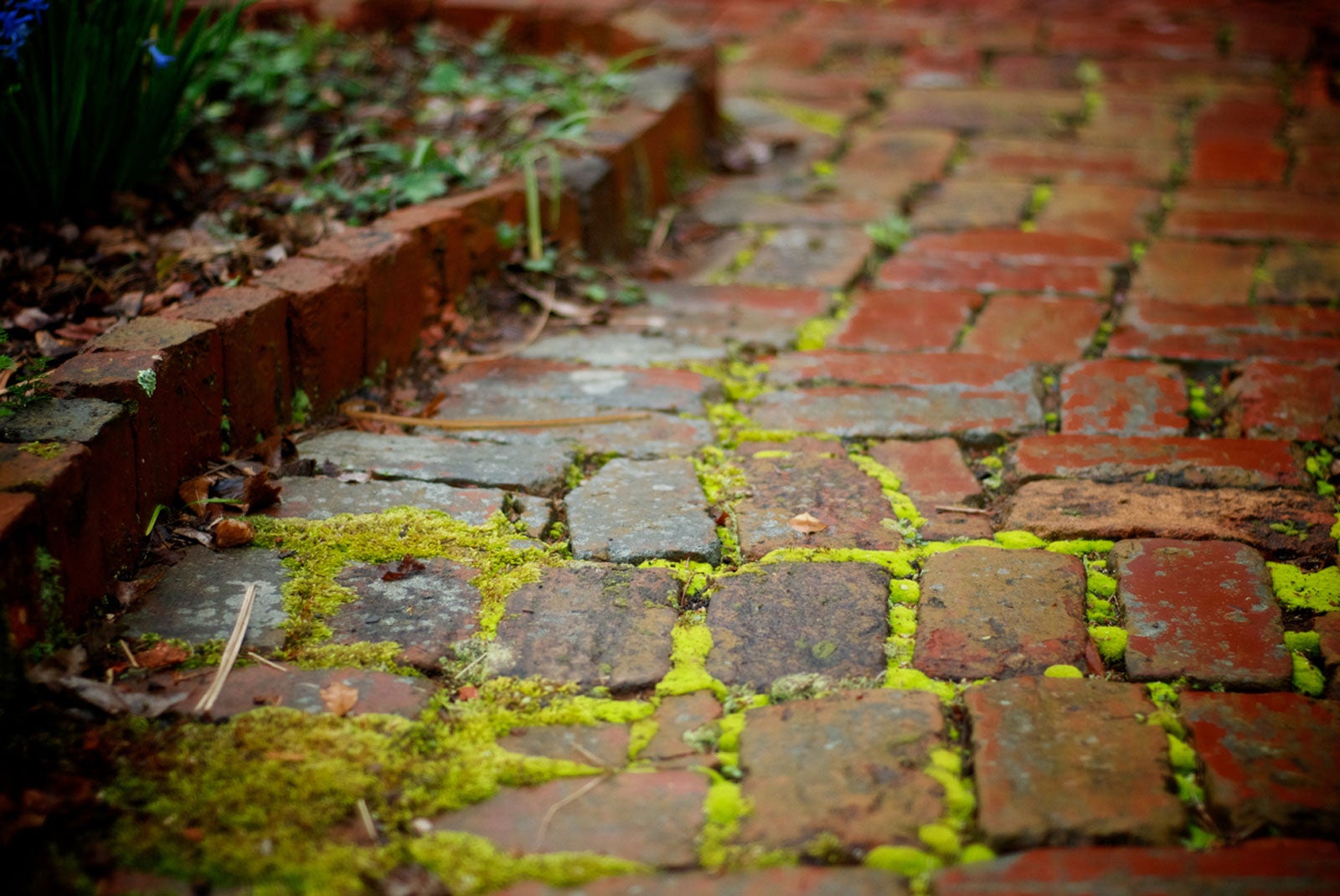How To Make A New Garden Look Mature: Simple Tricks For A Lived-In Landscape
Use these tips to learn how to make a new garden look mature. You’ll have your garden space and landscape looking lush in no time.


When I moved into my current home, it had an established but imperfect garden. I’ve spent years tweaking it to my liking. In some ways, a clean slate would have been easier, but a new garden has its own issues. How do you make a new garden feel more mature, lived in, and welcoming? Mature landscaping looks nicer and can even boost property value.
Over the years, I have created some totally new beds and used a few tricks to fill it in more quickly. When you know how to age your garden, it’s like a quick garden makeover time-lapse as you watch it develop. Try these ideas and use more than one to accelerate the garden aging process.
How to Make a New Garden Look Mature
To make your garden look older than it really is, use a mixture of hardscaping and landscaping. Choose plants that mature more quickly and plan beds for multi-season visual interest. Rapidly filling in spaces in the garden can be costly and hard work. These creative design tricks will accelerate the process for less money and with less labor.
These are some landscaping ideas and tips I’ve either seen in other gardens or used in my own new beds to create a more lived-in, mature feel.
1. Use "Aged" Hardscaping

Any kind of hardscaping will make your garden look more mature because it gives a sense of permanence. You can increase the effect by aging materials to make them look older. Make stones look like they’ve been part of that wall for 100 years using an acid wash. You can also make stone structures look older by placing moss and other plants between the stones. Weather a new wooden fence with a ferrous sulfate solution. It will turn fresh brown wood gray.
2. Build a Rock Garden

A rock garden is as mature as it’s going to be as soon as you finish creating it. As with hardscaping elements, a rock garden lends a feeling of permanence that conveys age. Choose your style and use found or purchased rocks of various sizes. A Zen rock garden provides a tranquil element. If you live in a warm dry climate, try a desert rock garden with succulents.
3. Upcycle Old Materials

Garden upcycling is a great trend. It’s budget-friendly, but using older items in the garden also makes the space seem more mature. Some ideas include old, galvanized steel tubs, aged lumber, a reclaimed clawfoot tub, or even old tires. These and other items can be used as planters or raised beds.
Sign up for the Gardening Know How newsletter today and receive a free copy of our e-book "How to Grow Delicious Tomatoes".
4. Choose Fast-Growing Trees

Few things make a garden look more mature than large trees. You can cheat time a little by choosing trees that grow quickly. Weeping willow is a great choice if you have a pond or stream. It will grow 3 to 4 feet (0.9 to 1.2 m) per year. To create a privacy hedge faster, use arborvitae. Some other fast-growing trees include dawn redwood, paper birch, Lombardy poplar, and redbud.
5. Plant Densely

This is an easy cheat for making beds look more mature. Of course, the best way to place plants for their health and longevity is to ensure adequate space for plants to grow into. On the other hand, if you need your beds to look older faster, it’s better to narrow that spacing.
6. Layer Plants

This is a strategy I have found useful when creating a new bed. Create a layered garden using different heights, textures, and shapes. They’ll blend into each other, visually erasing some of the open space between plants. For example, grow tall ornamental grasses in between mounding, flowering perennials. Plant ferns under trees and shrubs.
7. Grow Moss

Moss makes anything look older. Use moss in between pavers in a walkway, between rocks in a wall, and in shady patches of the yard. You can even replace some of your turf grass with moss. Choose a moss suitable to your climate and conditions. And, be aware that moss needs daily watering to become well established. Once it is established, a moss garden is low maintenance.
Aging your garden requires some tricks and creative thinking, but it also provides a welcoming, lived-in feel. It’s worth a little effort to make a new garden look established.

Mary Ellen Ellis has been gardening for over 20 years. With degrees in Chemistry and Biology, Mary Ellen's specialties are flowers, native plants, and herbs.